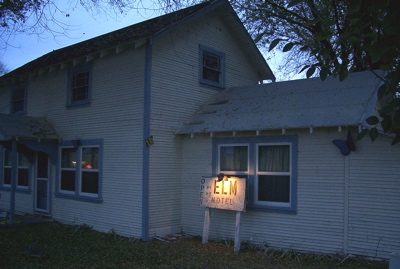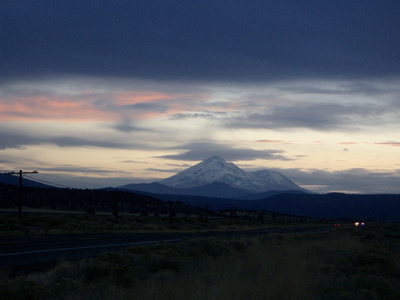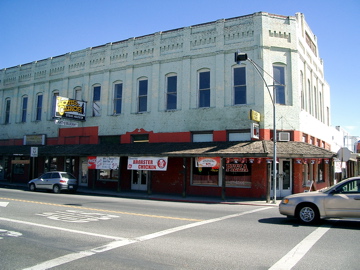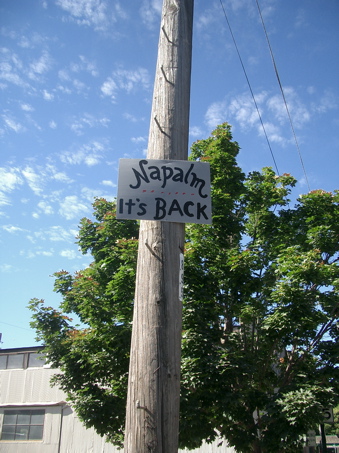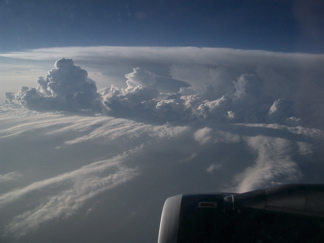6:40 p.m. PST: Exclusive coverage of the delay of American Airlines Flight 1519, nonstop service from Los Angeles to San Francisco, brought to you from seat 4A of a Boeing 737 (sorry, I don’t know the tail number. I can probably find it, though).
We’re parked in what I heard one of the cabin crew people refer to as “that remote area” of Los Angeles International Airport. The reason: Stormy weather up around the Bay Area has caused inbound flights to back up. So air-traffic control had American load this plane, then pull it away from the gate (which was needed to debark passengers from another flight). The pilots drove it over to this “remote area” — actually, we’re alongside a runway and taxiway and see a steady stream of planes passing — to sit for an hour or so before taking off for tne north. (Part of the problem during stormy or foggy weather around San Francisco International, as anyone who uses the airport or lives in the area knows, is that the airport must close one of its two parallel runways. Normally, planes land side by side, separated by about 250 yards when they reach the runways. That’s too close when visibility’s poor. The solution to this is building additional runways, but that’s proven to be expensive, time-consuming, and fraught with environmental controversy. I’m not complaining about the delay or the runway configuration myself. I figure it’s something of a miracle that planes can fly through storms at all, let alone find a runway through clouds and fog and actually land on it.
***
One last thing about the trip: As I think I mentioned somewhere before, I wound up with something of an accidental first-class ticket. I like it. I’m not jammed in with the rest of the poor saps apprehensively trooping to the rear of the plane. Uniformed persons are solicitous of my welfare. They’re anxious to hang up my jacket, bring me food and drink, laugh at my jokes, and hear my life story (well, the jacket and food and drink parts are true). I dread my next flight, when I go back to being one of the poor saps.
***
One other thing last thing: We finally landed in San Francisco at 9:15 p.m., about an hour and a half later than scheduled. In addition to getting grounded in Los Angeles, we also happened to arrive in the Bay Area at about the same time as a very intense weather front, and got put in a very bumpy holding pattern. I looked out the window the whole way. Occasionally the moon would break through the clouds as we jolted along, then we’d plunge back into a blinding combination of what looked like snow and rain. It was one of those situations you just know the only way the flight’s viable is because the planes got real good navigation technology on board; in the olden days, I think the option would have been to bail on the airport socked in by rough weather and land somewhere else. Anyway, we kept circling, and after 20 or 30 minutes of that, they told us we were cleared to head to the airport. The only alarming thing was that the weather got wilder the closer we got to the airport, so that the wings were rocking and the plane was pitching all the way down to the runway. The landing itself was the hardest one I’ve ever been aboard for, though no oxygen masks fell down and the window shades stayed up (Dad talks about a flight he took once that ended with such a heavy landing that all the shades slammed down and oxygen masks dropped).

